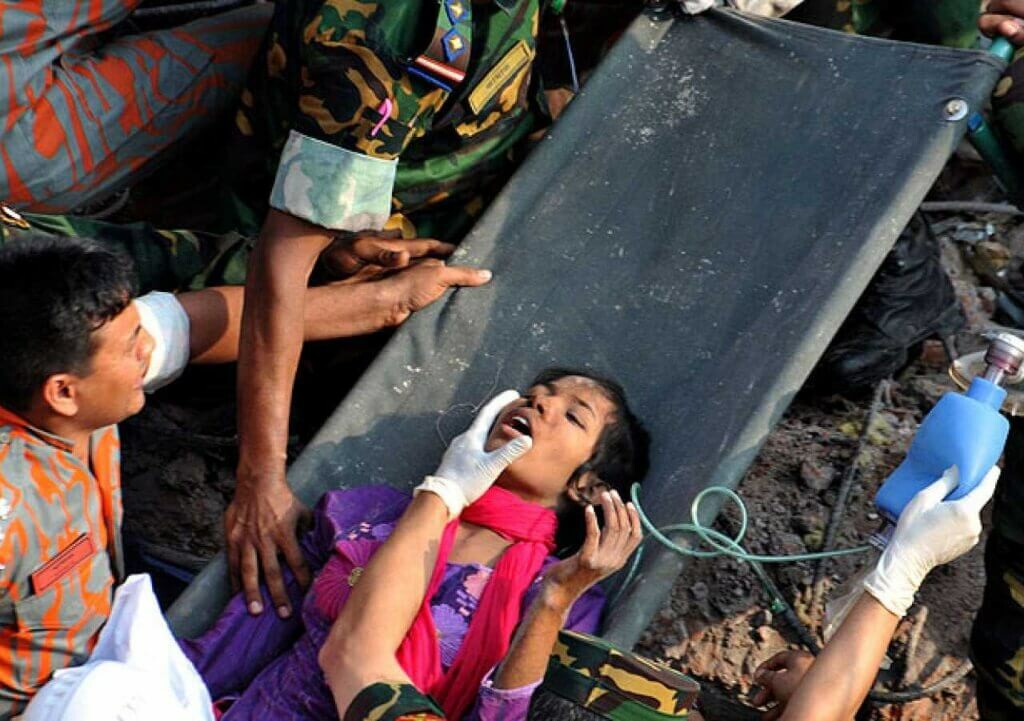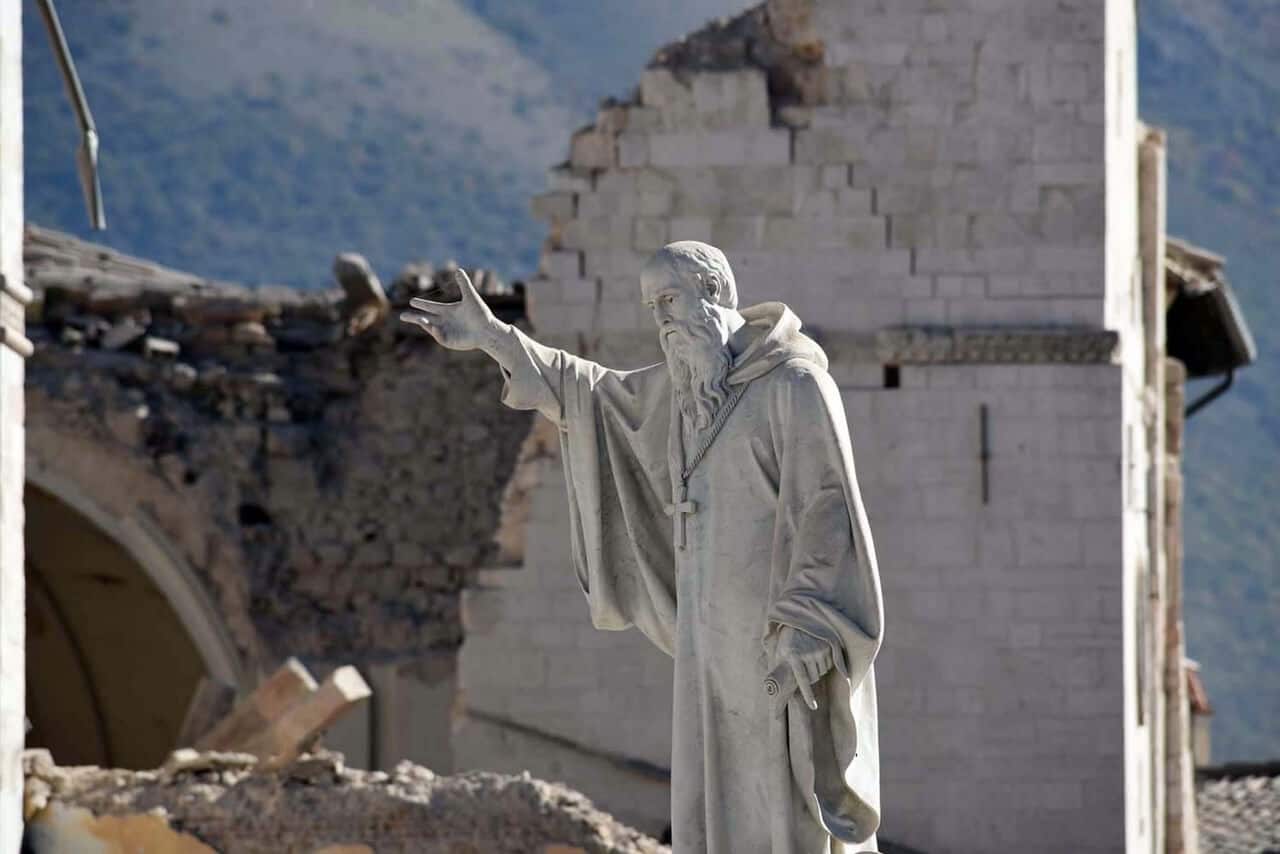The collapse of Rana Plaza in Bangladesh left a historical mark. Thousands of textile workers were trapped, and Reshma’s rescue marked an unexpected milestone. For 17 days, she survived with minimal resources among the rubble, defying the odds. The tragedy exposed labor precariousness and generated demands for safety and justice in the industry.
Rana Plaza: The Tragedy That Changed the Industry in Bangladesh
The sudden collapse of the Rana Plaza building, located in Savar near Dhaka, the capital of Bangladesh, left an indelible mark on the collective memory of millions of people.
On that April 24th, when thousands of textile workers were laboring in the depths of the structure, the building gave way in a matter of seconds, trapping hundreds of victims under concrete slabs. However, the tragedy led to an incredible outcome: after 17 days, rescuers found a woman alive, an event that forever changed the history of rescues in the country.
A Fateful Awakening and Relentless Rescue Operations
Some witnesses assert that, in the days prior, cracks had been noticed in the walls, but the urgency to meet production deadlines outweighed any precaution. As the eight-story building collapsed, alarms rang throughout the Savar district, and emergency units rushed to the scene. Relatives awaited distressing news, while the first teams began a task that seemed titanic.
As the magnitude of the tragedy was confirmed, the Bangladesh Army and civilian rescue groups worked against the clock to extract survivors.
Life detectors, trained dogs, and heavy machinery were employed, although the risk of an additional collapse complicated every maneuver. Nevertheless, dozens of improvised volunteers joined the mission, providing water, food, and transporting victims to overcrowded hospitals.
In the first days, the number of injured quickly rose, as did the death toll. Local news outlets reported moving stories of people rescued with severe injuries but still determined to hold on to life. The international community expressed support, and various humanitarian organizations provided medical supplies, electric generators, and search and rescue experts.
The Miracle of Reshma, Human Factor, and the Quest for Justice
When more than two weeks had passed since the incident, almost no one expected to find a trace of life beneath the massive rubble. However, at 3:15 in the afternoon, a team of rescuers heard muffled cries coming from an underground cavity.
Immediately halting mechanical excavation operations, the rescuers began carefully removing cement slabs, guided by the echo of the voice. Minutes later, a woman’s arm appeared: it was Reshma, showing signs of extreme exhaustion, but whose spirit remained intact.
According to later accounts, she survived for 15 days by eating dry food she found in the ruins. In the last 48 hours before her rescue, she stated that she had not consumed anything but water, possibly filtered through the cracks. She was urgently taken to a military hospital, where it was confirmed that she did not have serious injuries, an almost impossible feat given the circumstances of her prolonged entrapment.
This discovery drew worldwide attention. The collapse of Rana Plaza highlighted the precarious safety situation in many textile factories in Bangladesh, where working conditions are often precarious and buildings do not always have structural certifications.
Protesters demanded immediate reforms and increased inspections in production plants. In response, authorities shut down various textile companies to conduct technical evaluations.
Due to international pressure, agreements were made between multinational brands, the Bangladesh government, and trade organizations to improve working conditions and infrastructure supervision. Nonetheless, human rights groups continue to denounce the slow pace of changes.
Perspectives After the Catastrophe and a Global Warning
Following this event, many survivors and families of those who lost their lives demanded fair compensation and long-term state assistance.
Reshma’s experience, along with the memories of dozens of injured individuals, served to humanize the numbers and remind that behind every textile industry worker there are stories of struggle and sacrifice. Similarly, the tragedy forced international companies to rigorously evaluate their overseas suppliers.
Currently, sporadic inspections are still being conducted in various factories in the area, although there remains concern that an episode like this could recur. Community leaders demand stricter legislation, as well as the establishment of effective safety protocols. The symbolic weight of Reshma’s rescue keeps the call for profound changes in the sector alive.
The echoes of the Rana Plaza catastrophe extend beyond Bangladesh’s borders. This event reminds nations around the world of the importance of respecting construction standards, strengthening government oversight, and promoting labor policies that ensure the dignity and lives of employees. Therefore, it is essential that advances in safety do not become a temporary solution but a constant commitment to prevent that the garments, which are so widely marketed globally, do not come at the cost of thousands of people’s integrity.
Mike Rivero – News on Earthquakes and Seismic Events





